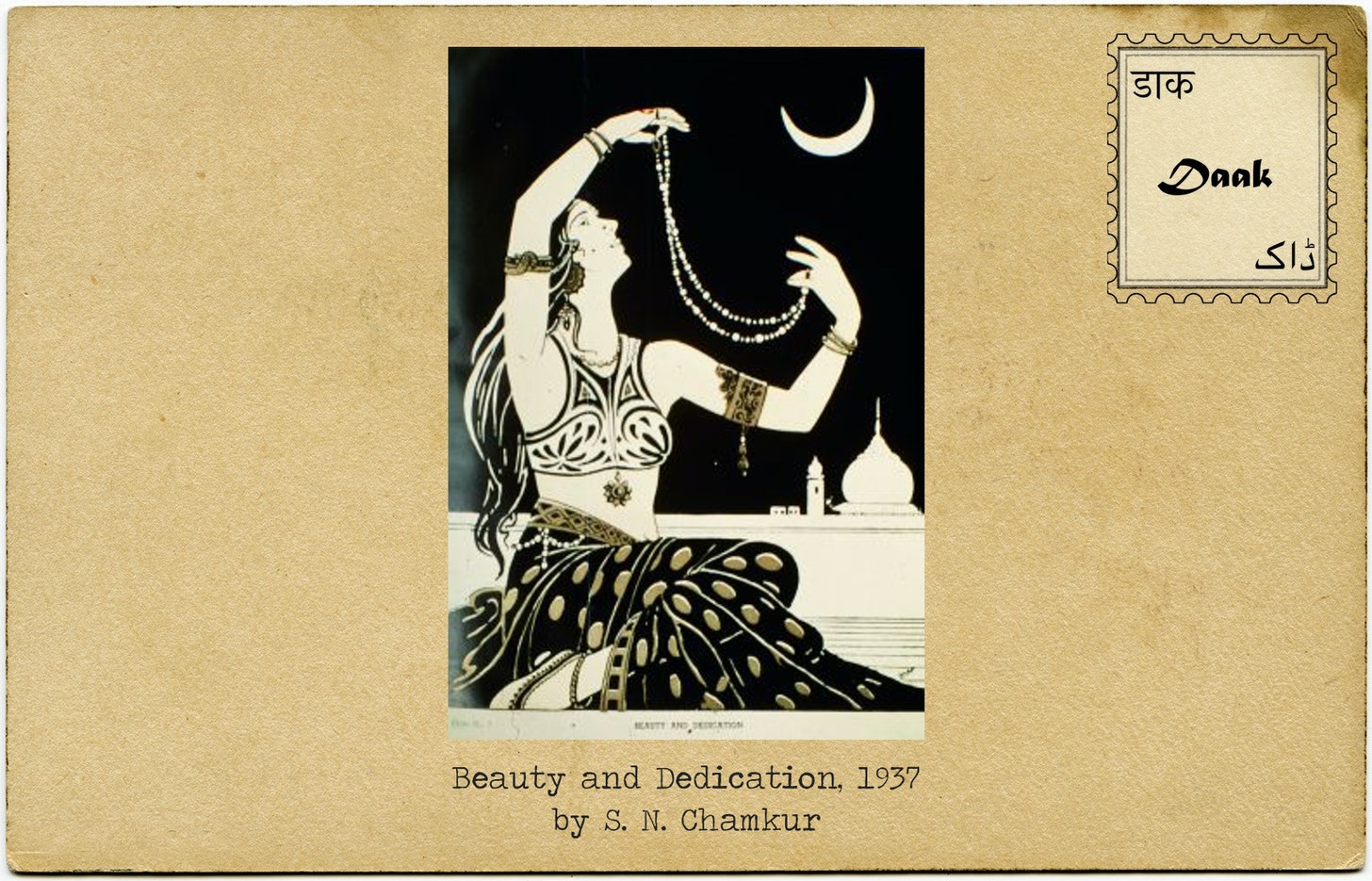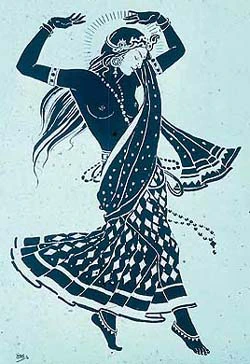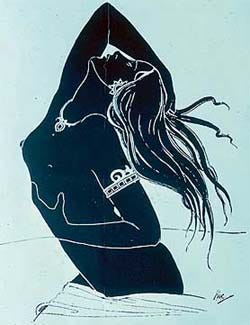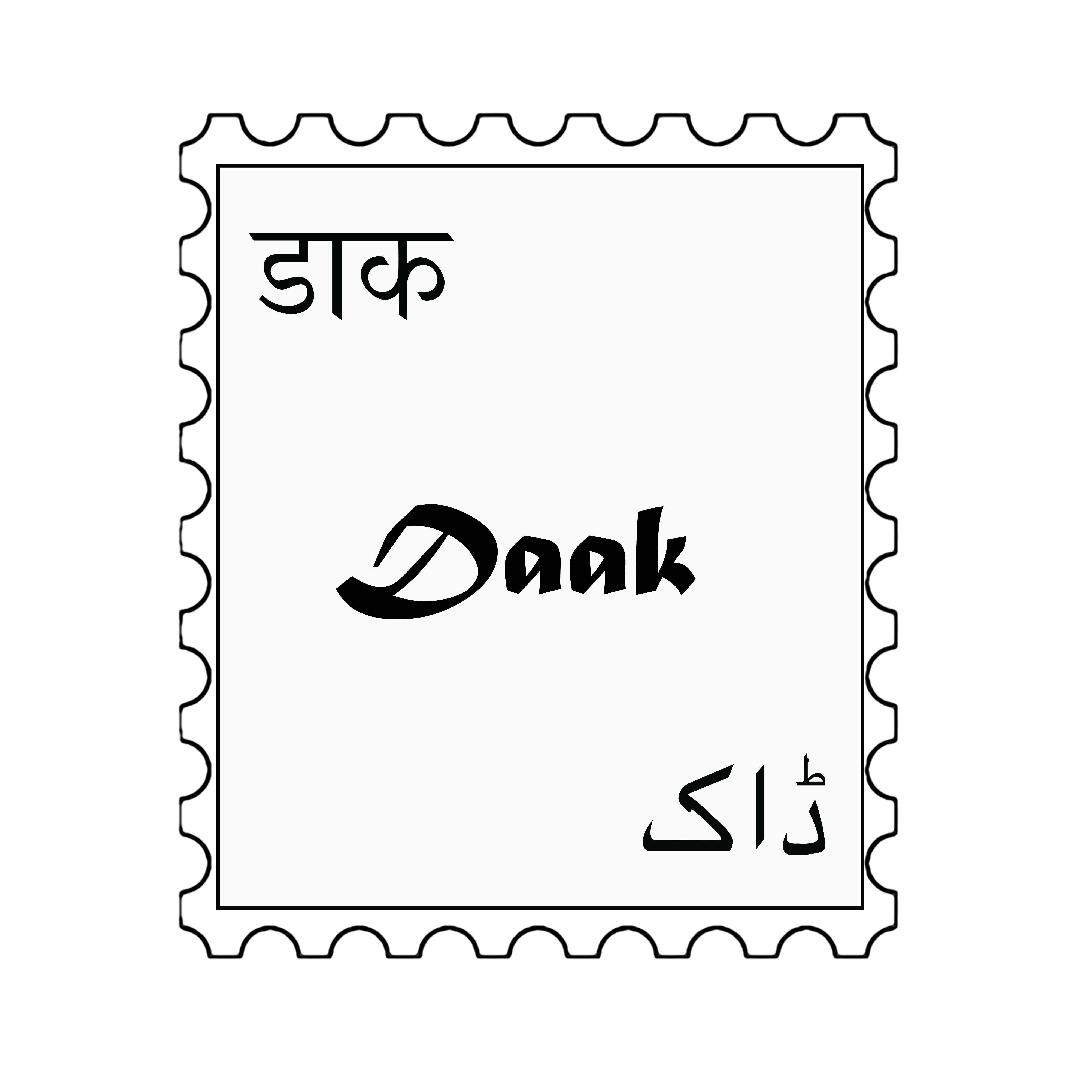
Form and Feeling: S. N. Chemkur’s Book, Art and Beauty
In 1937, a book called Art and Beauty became an instant success and came to be hailed as a masterpiece furthering Indian art of the period. It contained twenty four paintings capturing the moods and feelings of women in a style that blended the Indian concept of visual expression with a Western aesthetic. The black and white paintings were charged with emotion and remarkably, gave the illusion of a colour scheme. Although long forgotten, the effects of this renaissance in Indian art have lingered on.

Ecstasy, 1937, Tribune India
The artist, S. N. Chemkur, is often cited in academic articles and analyses. However, there is little information to be found either about his personal life or his artworks. What we do know is that Chemkur hailed from Andhra Pradesh and was a favourite disciple of the renowned artist, Damarala Ramarao, founder of the Andhra School of Art. He graduated from the J. J. School of Art which was established in the late 19th century with the support of Jamsethji Jijabhai, a Parsi industrialist and philanthropist. As the first formal art institution in Mumbai, the school gave a much-needed impetus to Indian art and exposed its students to global art movements.
After graduating in the 1920s, Chemkur began to make a mark with his portraits and Hindu mythological paintings, both of which had a ready market at the time. One of his paintings of Lord Krishna enchanting gopis with his flute was awarded the best pictorial composition prize by the Bombay Art Society Exhibition in 1928. Later on, he experimented with a slightly different style leading to his study of form and feeling in Art and Beauty.

Agony, 1937, Tribune India
One wonders if Chemkur’s art was inspired by the western Art Nouveau movement as his paintings echo the same flowing movement and dynamism that dominated the global art and culture of that era.
Images: The Tribune

Leave a Reply